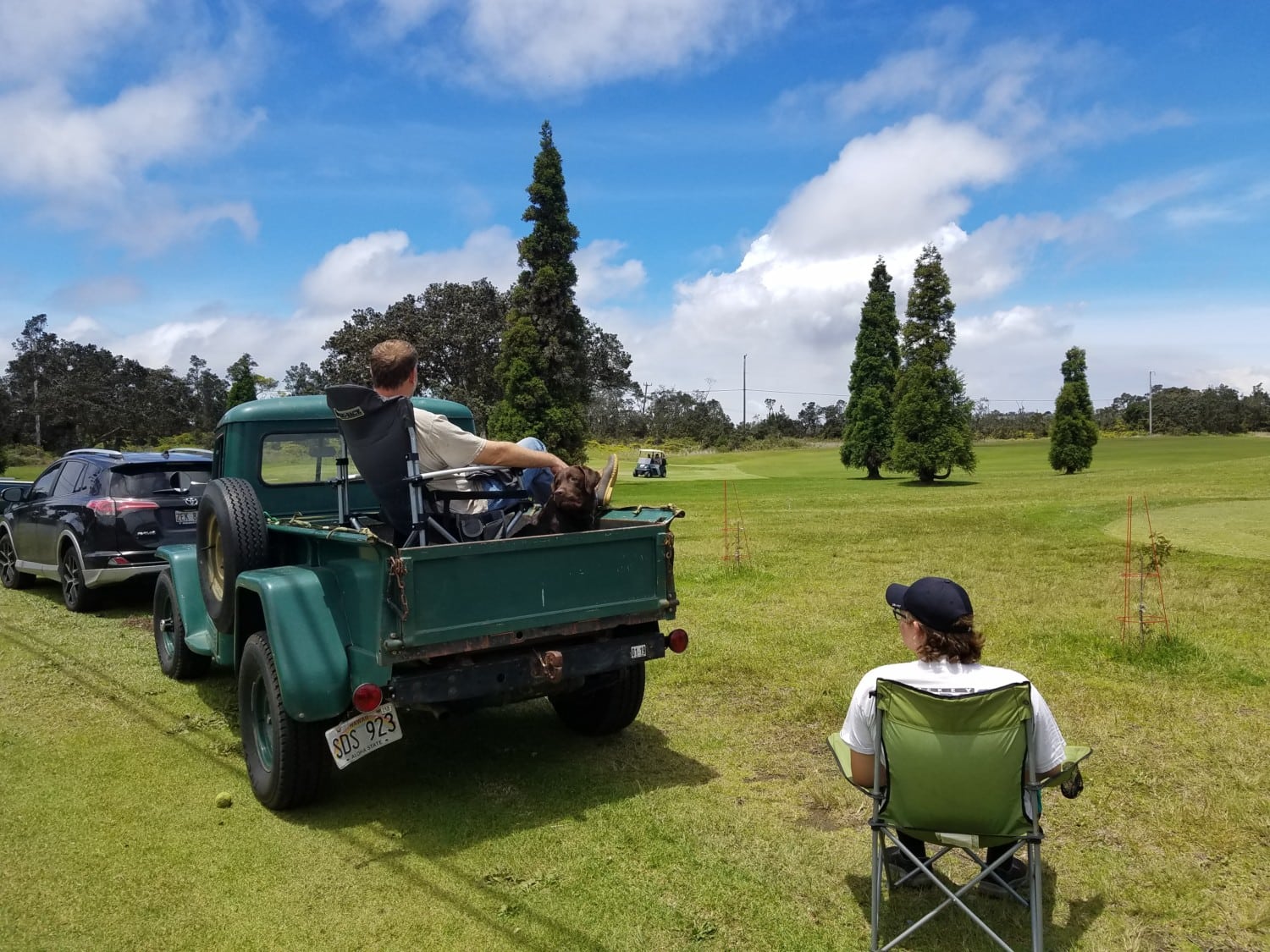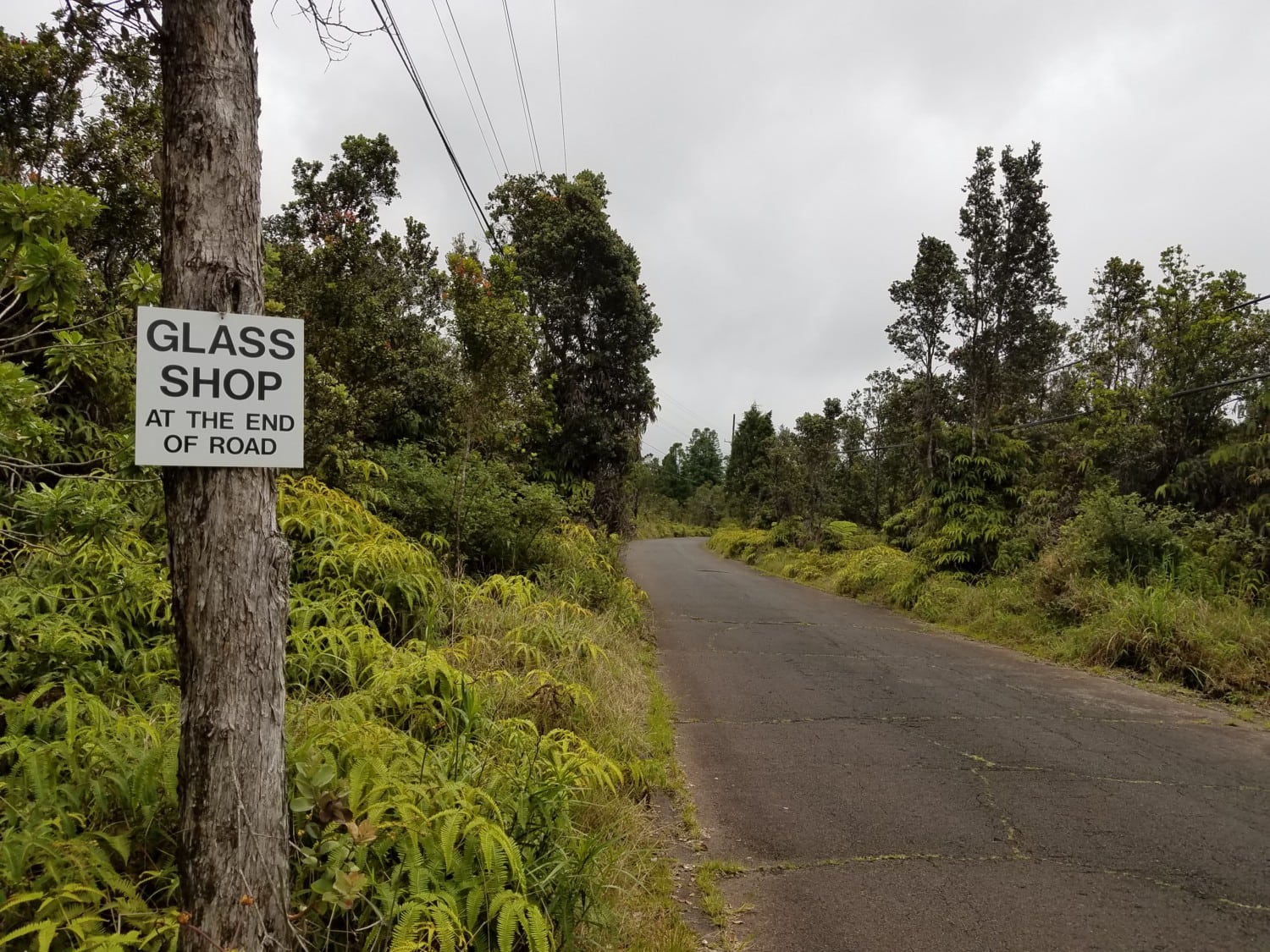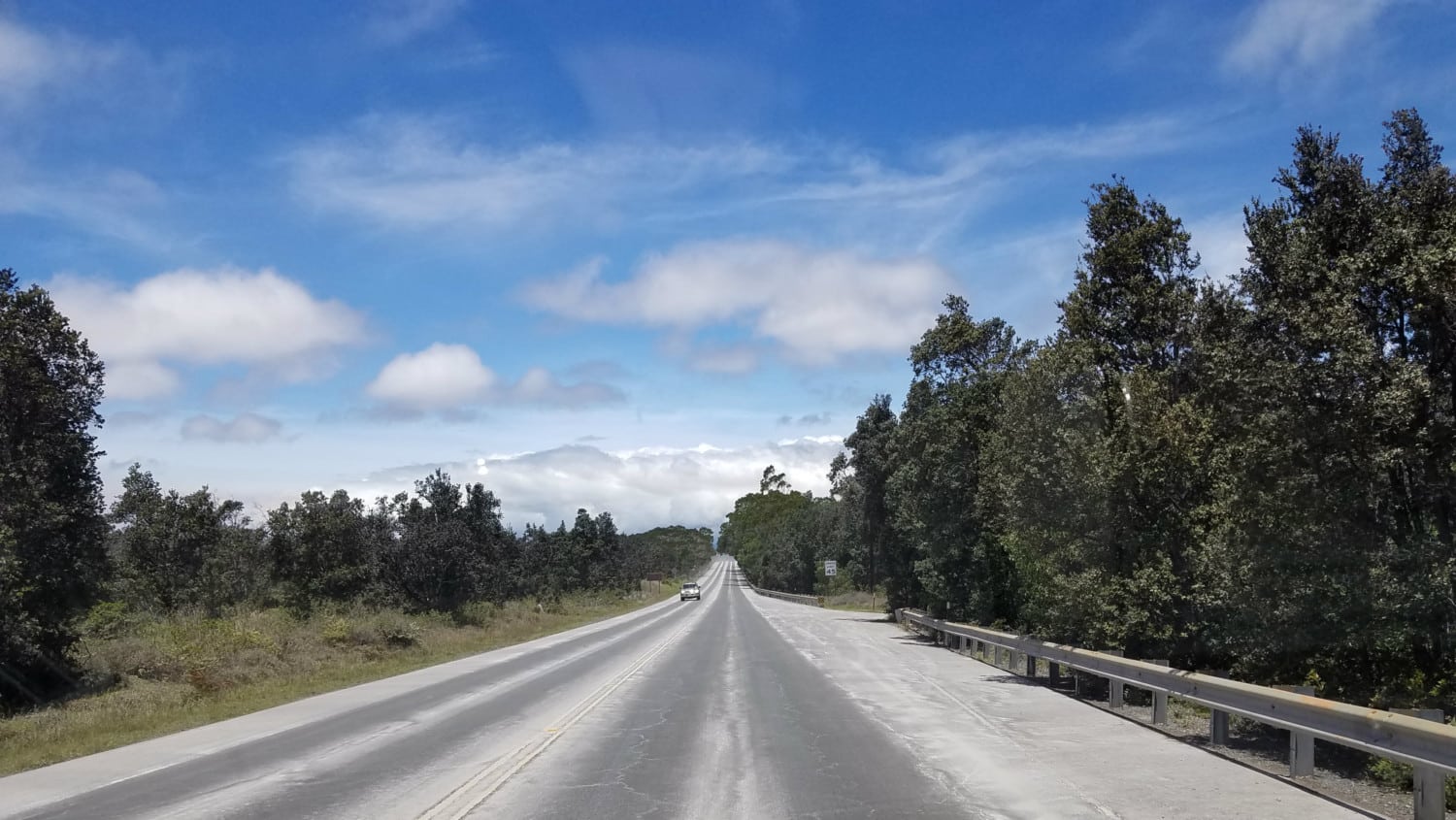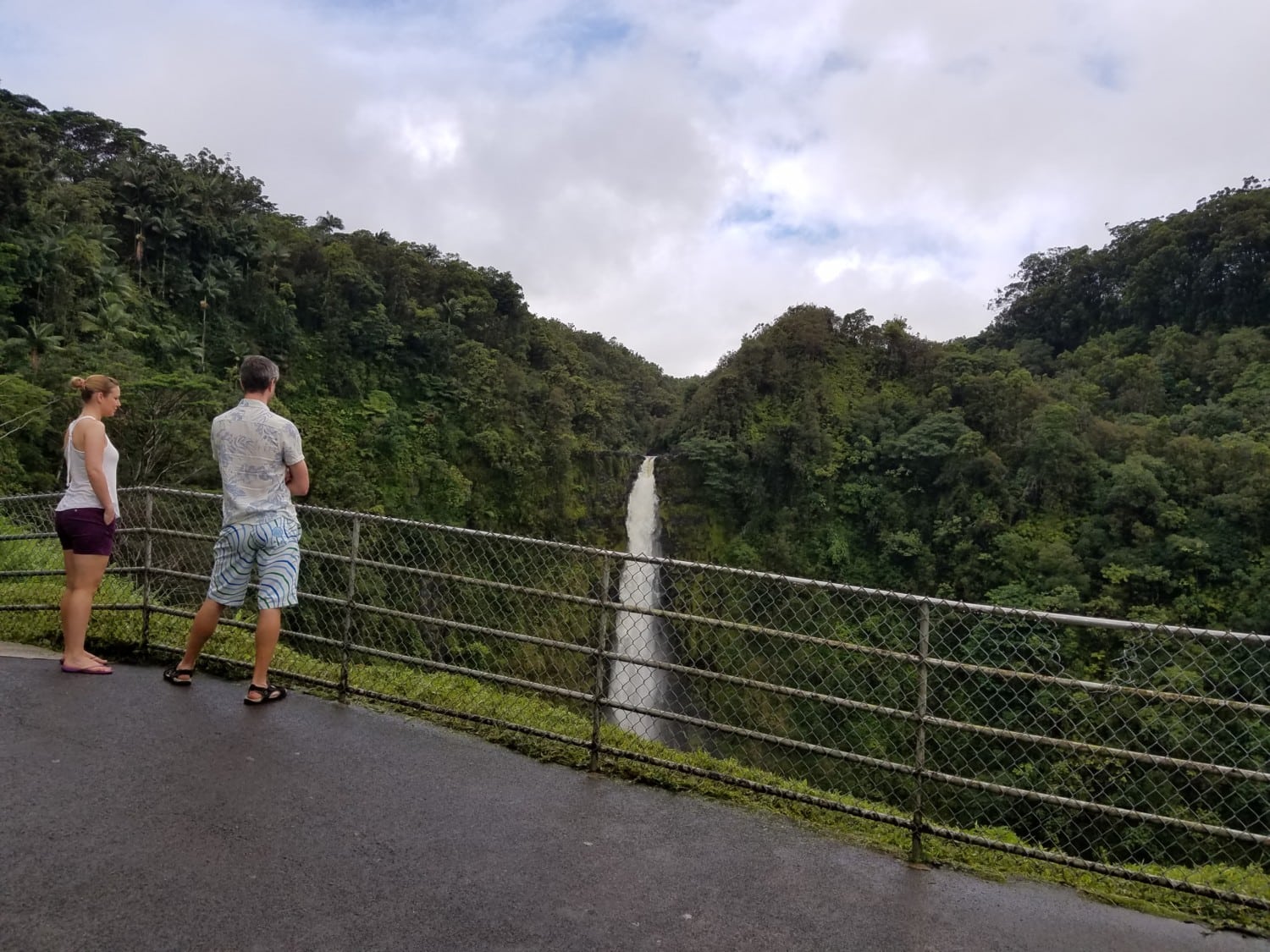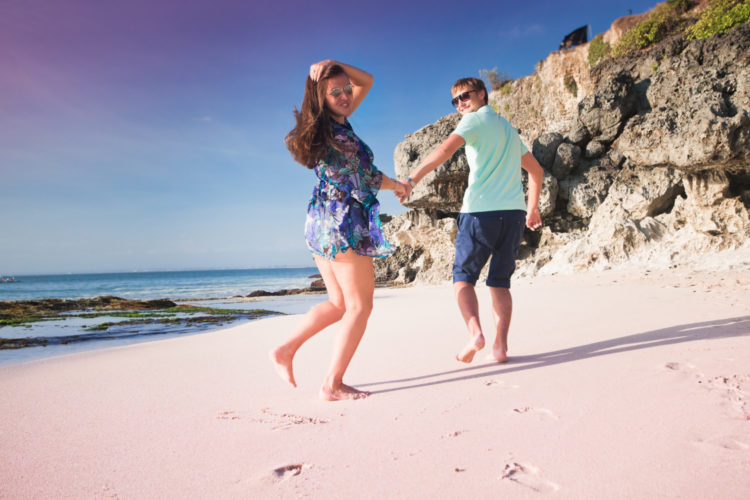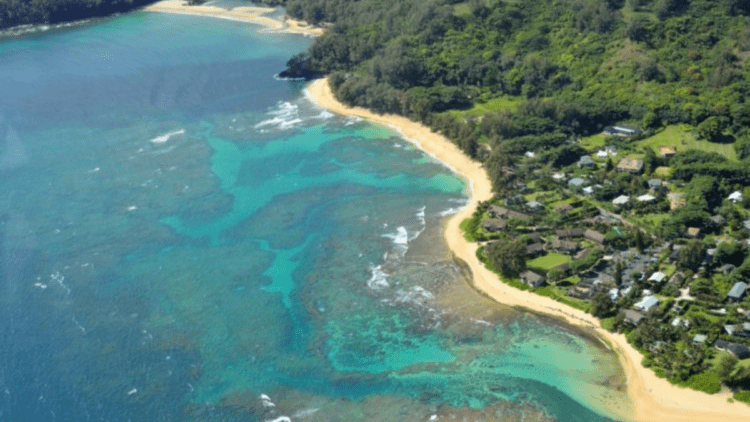What Life With An Active Volcano Is Really Like For Those Living In Hawaii
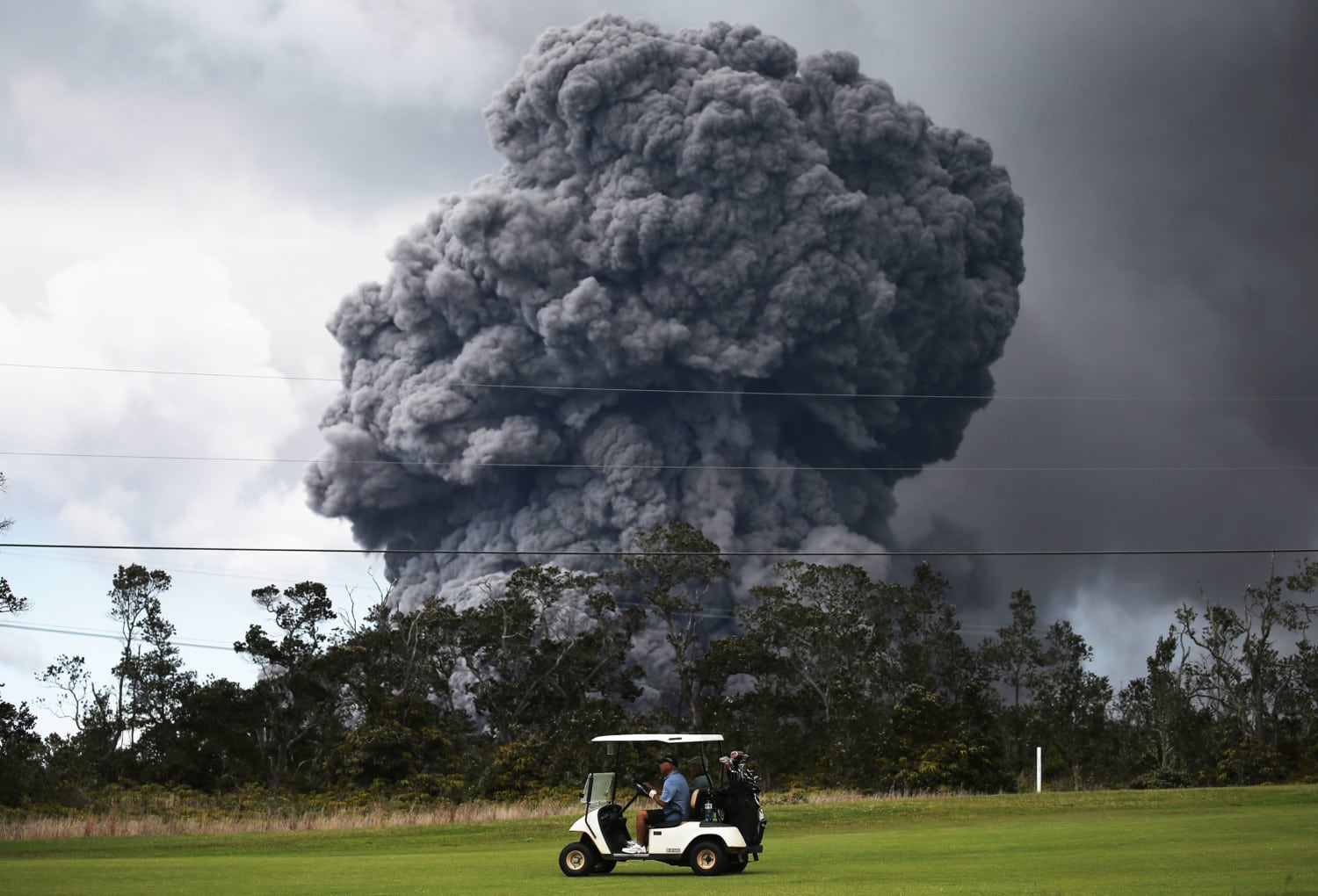
When people find out I was born and raised on the Big Island of Hawaii, the first thing they usually ask is if I can surf. But ever since increased volcanic activity began this spring, everybody now just asks me, “Is your family safe?”
They are, as it turns out. I am from the opposite side of the island, and they don’t call it the Big Island for nothing:
Perspective: What people think the Hawaii lava flow looks like VS reality from funny
But watching news coverage of the eruption, it’s hard not to be convinced the entire island is covered in lava. To be clear, the lava flows have been devastating for the Puna area of the island, with hundreds of homes destroyed and entire communities wiped out. A Hawaii News Now reporter tweeted this video of just how destructive the lava flows can be:
#LeilaniEstatesEruption #KilaueaVolcano LATEST: #IkaikaMarzo captures the phenomena that USGS has named a “lava boat”. Watch as it makes its way down the #Fissure8 lava river in Kapoho and then breaks apart 😳 https://t.co/66DxdlXUzZ @HawaiiNewsNow #HINews pic.twitter.com/bAQK1uYyJh
— Mileka Lincoln (@MilekaLincoln) June 28, 2018
But widespread fear of the lava flows may have an even more lasting impact, as tourism — the state’s main source of jobs and revenue — has taken a hit in the wake of the eruption, with some people even cancelling flights to other islands unaffected by the volcano.
So earlier this month, I took a trip back to the Big Island to see just what it has been like for the people living just outside the evacuation areas who are trying to carry on with their lives.
Due to evacuations, I was not allowed into the area surrounding the crater or the fissures that have sprung up since the increased activity. So I did the next best thing: I went golfing.
The Golf Course
By now you have seen the photo: A group of golfers going about their round as if nothing was wrong. Except behind them is an ash plume of doom that looks like something out of a Lord of the Rings movie:
People continue to golf as an ash plume rises in the distance from the Kilauea volcano in Hawaii. pic.twitter.com/bAxOAA9zkN
— ESPN (@espn) May 16, 2018
That picture was snapped at Volcano Golf and Country Club, where scorecards promise golfers a chance to “golf in Pele’s backyard” — Pele being the Hawaiian goddess of volcanoes. I stopped by on a sunny day in June, and with the winds just right, you could be convinced there was not a volcano anywhere nearby.
As regulars Curt Sharpe and Jeff Hamilton wrapped up their round, they said they haven’t let anything like a nearby eruption slow them down.
“We don’t let it bother us,” Sharpe said. “You can taste the sulfur a little bit on your lips. But that’s it.”
Added Hamilton, “People are acting like the world is going to end.”
Of course, since the photo of the golfers in front of the ash plume went viral, the golf club has become a sort of go-to spot for tourists since Hawaii Volcanoes National Park is mostly, but not entirely, closed. This means that crowds of people were suddenly gathered around the tee boxes near the clubhouse as if it were a PGA major.
On this particular day, there were only a handful of people lined up along the 18th green looking towards Halemaumau. Sitting in a truck, Dan Conner watched the skyline along with his dog, Charlie. Conner’s son, John, was next to him in a folding chair.
“I just like to come out, see what’s going on every once in a while,” Dan said.
Lost Tourism Revenue
John used to work at a restaurant near the park, which has since been closed due to the activity.
“So I’ve been unemployed,” he said. “Just waiting around.”
The New York Times reported that the closure of the Hawaii Volcanoes National Park could cost the state around $166 million, and the effect goes beyond just the park’s lost revenue. People like John are out of jobs, while other nearby businesses that relied on traffic through the park have also suffered.
A glass shop called 2400 Fahrenheit is tucked into a back road just outside the park; the only evidence of its existence from the main highway is a few small signs:
Misato Mortara, whose husband owns the gallery, said that they have seen a sharp drop in business since the park was closed.
“The whole purpose of that road is so people can go through the park,” Mortara said. “What’s funny is that we may have the cleanest air, because the wind’s carry everything the other way.”
Mortara said part of the problem is that the media shows only videos of the destruction, and those without geographic knowledge of the island are scared off and don’t know the communities around the volcano are still open.
“People think it’s really, really bad, but when they ask, ‘Is it safe to come up?’ I say, ‘it is,'” she said.
Health and environmental factors
Of course, the increased volcanic activity still has had some direct effects — mainly in the air.
Driving through one section of the park, vehicles were not allowed to stop, and it was quickly evident why (aside from the fact that you could be accosted by geese).
Yesterday while checking out the volcano, I watched two nene geese chase two tourists into their car.
PSA: Don't feed the geese pic.twitter.com/mI7M2jJjNZ
— Mitchell Byars (@mitchellbyars) June 1, 2018
Ash in some parts of the park covered the ground like snow. During eruptions, strands of volcanic glass, called “Pele’s hair,” can fall from above as a result of the fissure spewing lava into the sky, while vog (volcanic smog) and laze (lava haze) can also make the area near the volcano not the best travel destination for those with breathing issues.
Elsewhere On The Big Island
While the Big Island’s biggest attraction may never be the same, the tourist attractions on the rest of the island were largely unaffected. I stopped at Akaka Falls on the northern coast of the island, where I met Adam Phillips and his fiance Sam Locke. They said they were enjoying their visit all the way from England.
“It hasn’t stopped us from doing anything,” Phillips said of the volcanic activity.
“Maybe the only thing is the vog made some views less clear than they could have been,” Locke said. “But it’s been a lot of fun.”
For those who live here, knowing their house could one day be consumed by lava was an accepted risk of living in paradise.
“For me, this place is a part of the Garden of Eden,” Wilhemina Kamalamalama-de Souza told the Washington Post. “And if the goddess Pele wants it, she can take it.”


